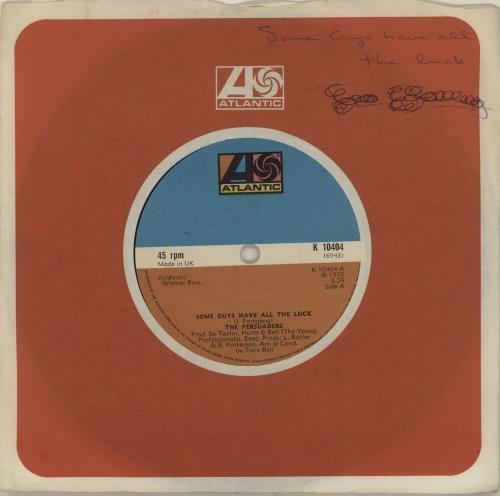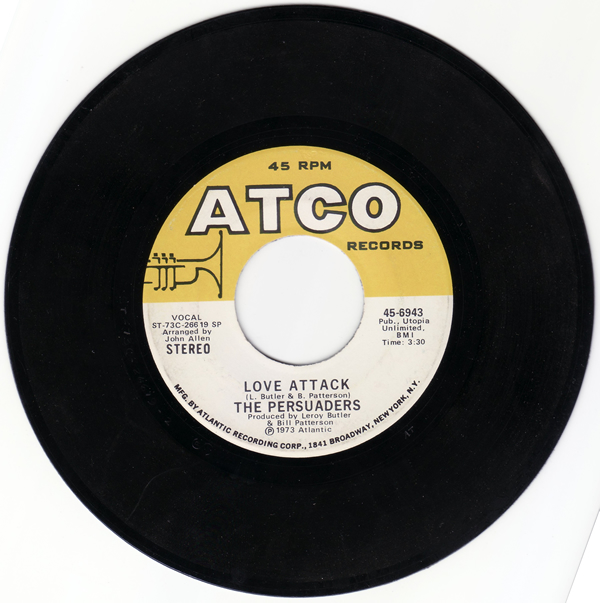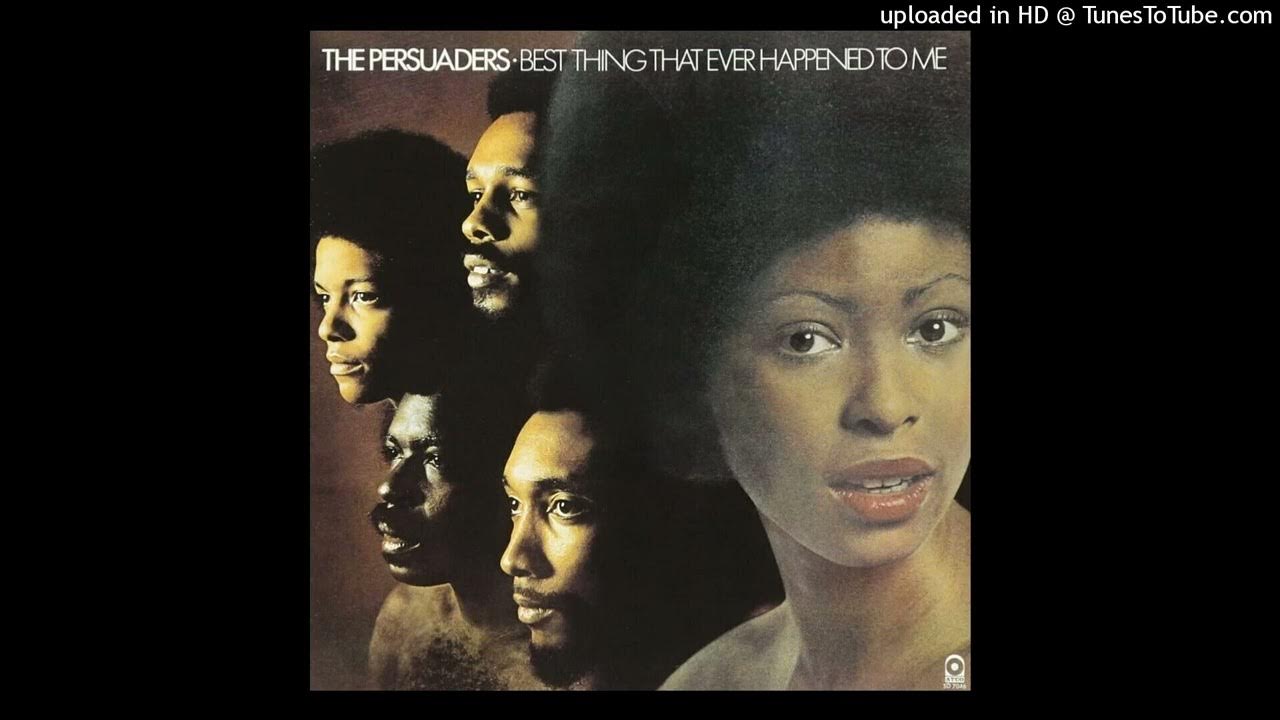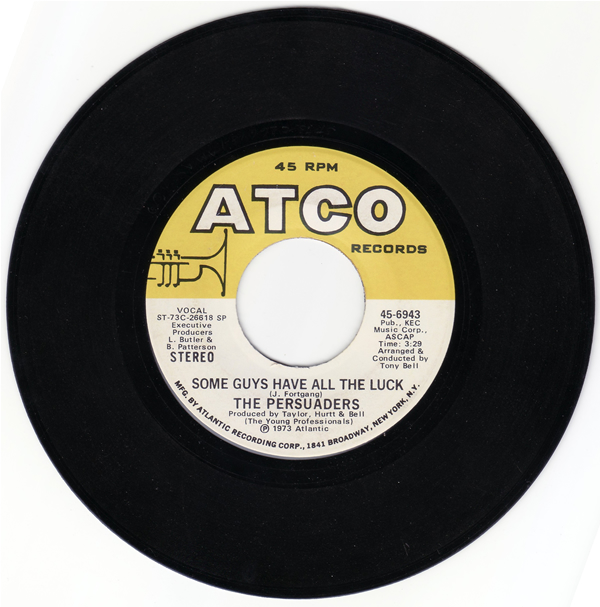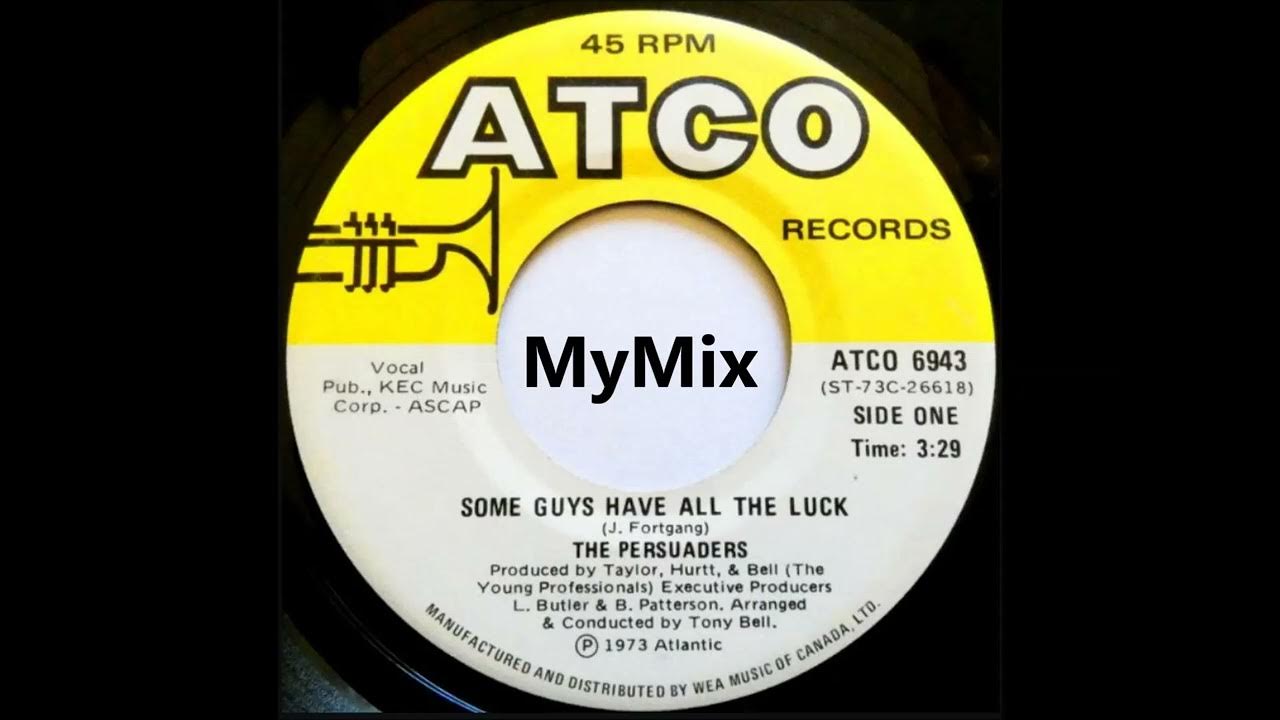Some Guys Have All The Luck Persuaders
Ever watch a commercial and suddenly crave a burger you didn't even think about five minutes ago? Or maybe you heard a song so catchy it burrowed into your brain and refused to leave? You've just encountered the magic – or maybe a tiny bit of manipulation – of the Persuaders.
Those Sneaky, Smart Ads
Ads are everywhere. They're loud, they're colorful, and sometimes, they're downright weird. But the best ones? They get under your skin, not in an irritating way, but in a "Wow, I need that!" kind of way.
Think about it: remember that dog food commercial where the golden retriever looked so ridiculously happy munching on kibble? Probably boosted sales! It's all about connecting with you on an emotional level.
The Power of a Familiar Face
Celebrity endorsements can be hilarious. Suddenly, your favorite actor is hawking everything from luxury watches to weight loss tea. Do they actually use these products? Maybe, maybe not.
But seeing a familiar face we trust – or at least admire – nudges us towards believing in the product. It's like thinking, "Hey, if George Clooney drinks this coffee, it MUST be good!"
It's not always celebrities though. Sometimes it's the "average Joe" success story, who used product X and now runs a fortune 500 company. Relatability is key!
Music That Sticks
And then there's the music. Jingles. Earworms. Songs so catchy they should come with a warning label. Why do they work so well?
Repetition, for one. Hearing something over and over again makes it familiar and comforting. It also gets lodged in your subconscious, ready to pop up at the most random moments.
Think of the McDonald's "I'm lovin' it" jingle. Short, sweet, and impossible to forget. Genius!
Beyond the Obvious: Subliminal Messages?
Okay, let's get a little conspiratorial. Are there secret messages hidden in ads, designed to manipulate our minds? Probably not in the overt, "buy this now" kind of way that people used to believe.
But advertisers are masters of suggestion. They use color psychology (red for excitement, blue for trust), carefully chosen imagery, and emotionally charged language to influence our decisions.
A picture of a pristine beach with turquoise water might not directly tell you to buy a vacation package, but it certainly plants the idea in your head, right? It's a subtle art.
The Good, The Bad, and the Persuasive
Persuasion isn't inherently evil. After all, we use it every day to convince our friends to see a movie, or our kids to eat their vegetables. It becomes ethically questionable when it's used to deceive or exploit.
Think about those "miracle cure" ads that prey on people's hopes and vulnerabilities. That's not just persuasion; that's manipulation. So, be aware.
Ultimately, understanding how the Persuaders work empowers us. It allows us to be more discerning consumers, to question what we see and hear, and to make our own informed decisions. And maybe, just maybe, to finally get that annoying jingle out of our heads!
So the next time you find yourself humming a catchy tune or suddenly craving a specific brand of chips, remember the Persuaders. They're always watching, always listening, and always trying to sell you something.

:format(jpeg):mode_rgb():quality(90)/discogs-images/R-6272286-1617467096-7782.jpeg.jpg)


:format(jpeg):mode_rgb():quality(90)/discogs-images/R-1122291-1419258095-4471.jpeg.jpg)






